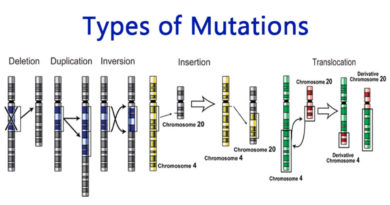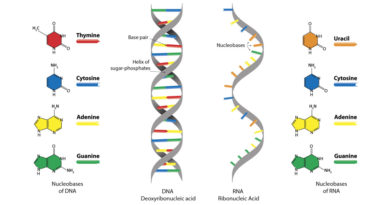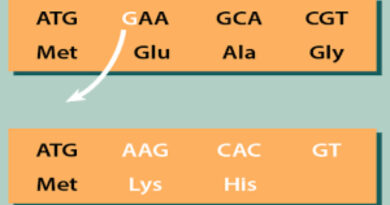Patterns Of DNA Synthesis
Although, all form of living organisms show a common feature, DNA is the genetic material. But when we look for its replication process it is different in different type of organisms. This process and the way it occur is known by the name of ‘replication patterns of DNA’.
Replication patterns are somewhat different in Bacteria, Archaea, and eukaryotes. For example, when the circular DNA chromosome of E. coli is copied, replication begins at a single point, the origin. New strands of DNA synthesis at the replication fork, the place at which DNA helix is unwound and individual strands are replicated.
Two replication forks move outward from the origin until they have copied the whole replicon, that portion of the genome that contains an origin and is replicated as a unit. When the replication move around a circle, a structure shaped like the Greek letter theta is formed.
Finally, since the bacterial chromosome is a single replicon, the forks meet on the other side and two separate chromosomes are released. Until recently, it was thought that all procaryotes have a single origin of replication. But some members of archaeal have more than one origin.
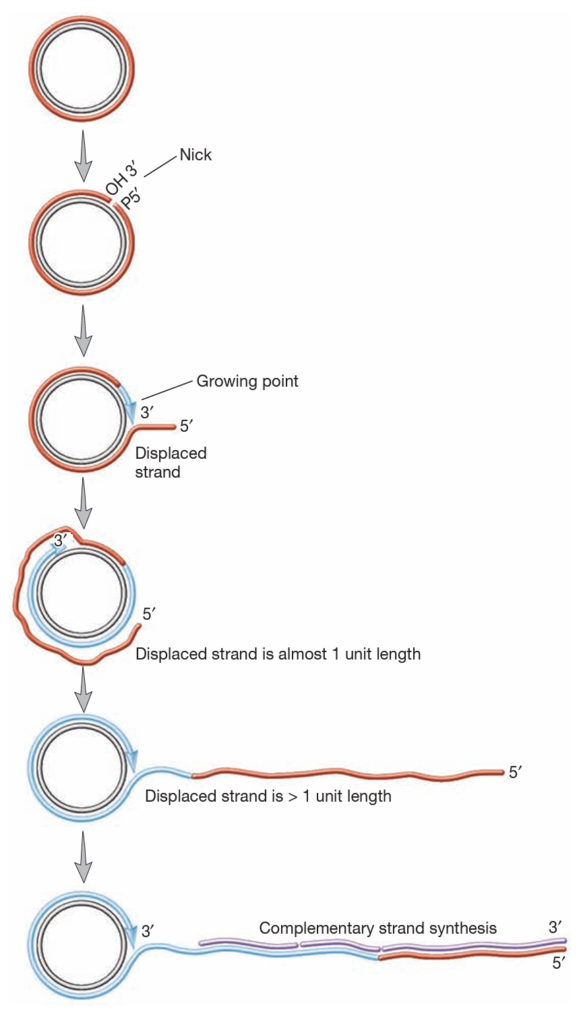
Rolling Circle Replication
During E. coli conjugation there is a different pattern of DNA replication occurs during conjugation, a type of genetic exchange mechanism observed in many bacteria. This replication pattern is called rolling-circle replication, and it is also observed during plasmid replication and the reproduction of some viruses.
During rolling circle replication, one strand is nicked and the free 3’ – hydroxyl end is extended by replication enzymes. As the 3’ end is lengthened while the growing point rolls around the circular template, the 5’ end of the strand is displaced and forms an ever-lengthening tail, much like the peel of an apple is displaced by a knife as an apple is pared.
The single stranded tail may be converted to the double stranded form by complementary strand synthesis. This mechanism is particularly useful to viruses because it allows the rapid, continuous production of many genome copies from a single initiation event.
DNA Replication Of Eukaryotes
Pattern of replication of eukaryotes differ than those in procaryotes, as the eukaryotic DNA is much longer then those in prokaryotes, it occurs in parts.
Many replication forks must copy eucaryotic DNA simultaneously so that the molecule can be duplicated in a relatively short period. Therefore many replicons are spaced such that there is an origin about every 10 to 100 micrometer along the DNA. Replication forks move outward from these sites and eventually meet forks that have been copying the adjacent DNA stretch.Another reason of such type of replication in eukaryotic is that, their genomic DNA is linear.
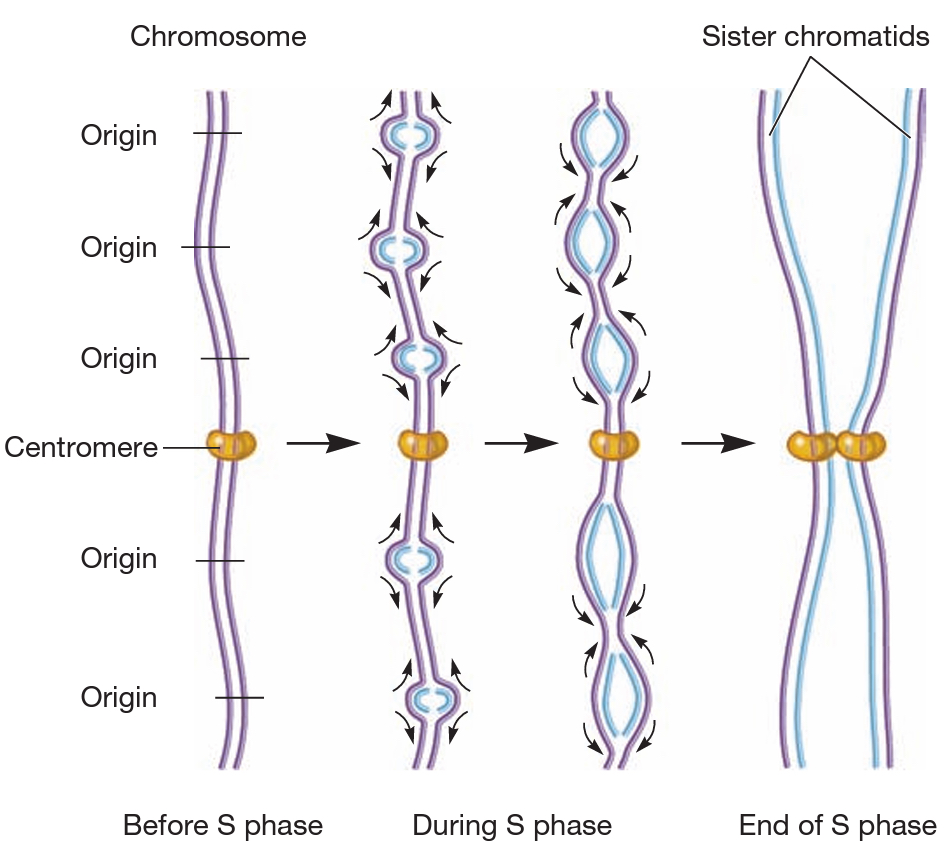
Reference:
Prescott Microbiology

